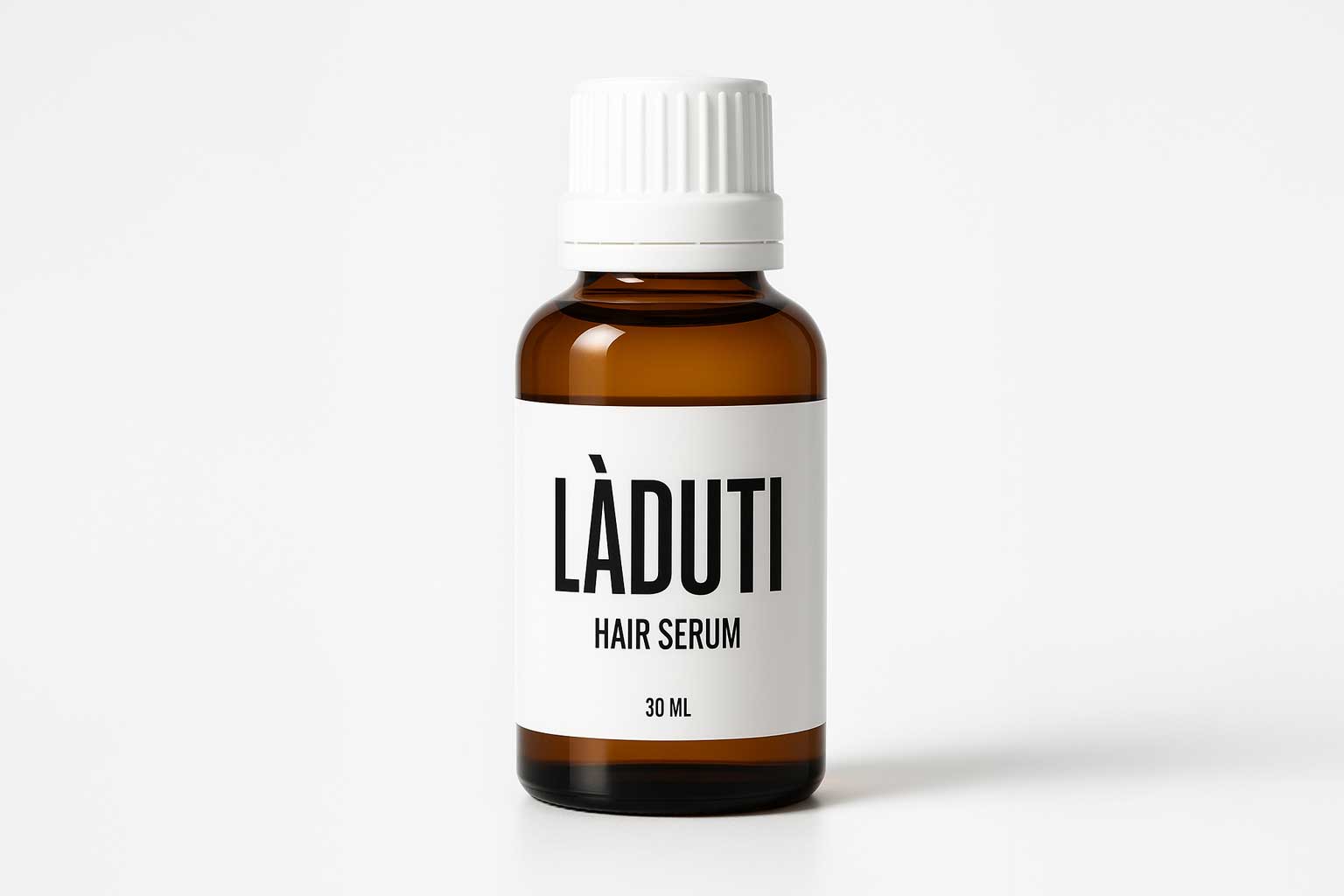Hair Transplantation: Procedure, Costs, Risks & Side Effects

For many people, a hair transplant is the most permanent solution for regaining thicker and fuller hair. Healthy hair follicles - usually from the back of the head - are removed and transplanted into the balding or thinning areas, where they can continue to grow for life after a short growth phase. But before deciding to undergo this procedure, many questions arise: what exactly is the transplant procedure, what methods are available, what costs are involved and what alternatives are available?
Here you will find a comprehensive overview of all the important aspects - from preparation to the prospects of success.
Hair transplant procedure
1. Consultation and Planning
Initial consultation with the doctor
A detailed consultation takes place before the procedure. This will include:
- analyzes the causes of hair loss ,
- the donor region (usually at the back of the head) is checked,
- The hairline is individually planned so that it looks natural.
2. Hair Follicle Extraction
Common methods
FUT (Follicular Unit Transplantation)
A strip of skin with hair follicles is removed from the donor region. The so-called "grafts" are then separated into individual units and prepared. This method usually leaves a fine scar at the back of the head.
FUE (Follicular Unit Extraction)
With the FUE method, individual hair follicles are removed directly using a fine hollow needle. Advantage: No visible scar, but usually higher costs and a longer procedure.
3. Embedding of the hair follicles
The grafts obtained are inserted precisely into the balding or thinning areas. The aim is a natural-looking hairline with uniformly thicker hair.
Note: The first results are visible after a few months, the final result is usually visible after 9-12 months.

4. Cost of a Hair Transplant
Price factors
The costs vary greatly - depending on:
- the number of grafts: the more grafts required, the higher the price.
- of the method: FUE is usually more expensive than FUT.
- the country & the clinic: Prices in Germany are higher than in Turkey, for example.
Price range
- Germany: approx. 4,000 - 12,000 €
- Turkey: approx. 1.500 - 4.000 €
Tip: Cheap offers seem tempting, but quality, hygiene and the experience of the doctors are crucial for a good result.
5. Risks & Side Effects
Common side effects
- Swelling of the forehead and eyelids
- Redness & small crusts at the transplant sites
- Itching in the healing phase
Possible risks
- Infections if aftercare is not adhered to
- Uneven hair texture or visible scarring
- Shock loss: temporary loss of the transplanted hair - it usually grows back after a few months
6. Alternative Approaches to Hair Transplantation
Minimally invasive methods
Not everyone wants to undergo surgery. The alternatives include
- PRP treatments (autologous blood therapy): The patient's own blood plasma is injected into the scalp and is intended to stimulate the hair follicles.
- Microneedling: Fine needles stimulate blood circulation and the absorption of active ingredients.
- Hair serums with effective ingredients: Products with caffeine, biotin or rosemary extract in particular can stimulate hair growth.
Advantage: Natural & without surgery
These methods are gentler than surgery, involve fewer risks and can strengthen the existing hair. However, the results are usually not as permanent as with a transplant.
Conclusion: A hair transplant can help, but there are more sensible alternatives
A hair transplant can be a permanent solution for advanced hair loss, but it also involves risks and high costs. If you are looking for a gentler approach, you can fall back on innovative combinations of active ingredients.
The Laduti Hair Growth Serum is one such alternative: It combines a variety of high-quality, natural ingredients that have been scientifically studied for their effects on hair and scalp health. The following are particularly noteworthy:
- Caffeine: Stimulates the hair roots and can prolong the growth phase.
- Biotin: Supports keratin formation and contributes to stronger hair structures.
- Panax Ginseng: Promotes microcirculation and improves the supply of nutrients to the hair follicles.
- Rosemary oil: Stimulates blood circulation in the scalp and strengthens the activity of the hair roots.
- Centella Asiatica: Protects the scalp from oxidative stress and supports its regeneration.
- Procapil™: An innovative active ingredient complex of oleanolic acid, apigenin and biotinoyl-GHK, which can improve hair anchoring and counteract hormone-induced hair loss.
- AnaGain™: A plant-based active ingredient derived from pea sprouts that specifically activates the signaling pathways for hair growth and can help to extend the growth phase of the hair.
By combining these natural active ingredients and innovative complexes, Laduti offers modern, gentle and long-term oriented care that strengthens your scalp and can improve the conditions for healthy hair growth – without invasive procedures. This allows you to naturally support your hair roots before a transplant becomes necessary.

FAQ
How long does a hair transplant last?
Usually for a lifetime, as the transplanted hair is genetically insensitive to hair loss.
Is a hair transplant painful?
The treatment is usually carried out under local anesthetic so that patients do not feel any pain during the procedure.
When do you start to see results?
The new hair starts to grow after about 3-4 months, the final result is visible after 9-12 months.
What are the risks of a hair transplant?
As with any medical procedure, side effects can occur, e.g. swelling, redness or temporary scabs. In rare cases, infections can occur - which is why it is particularly important to choose an experienced clinic.
Are there alternatives to hair transplantation?
Yes, in addition to PRP or microneedling, high-quality Hair Growth Serums such as Laduti can be an effective, non-invasive option.

